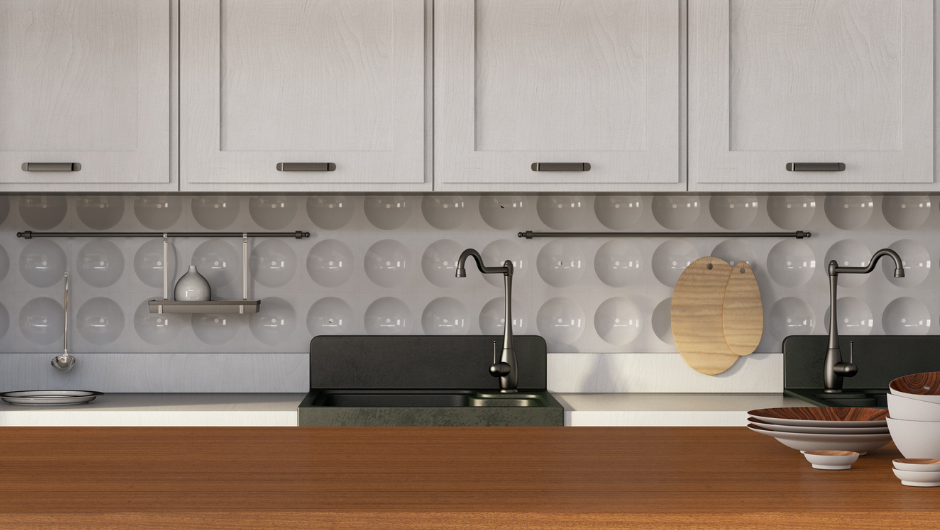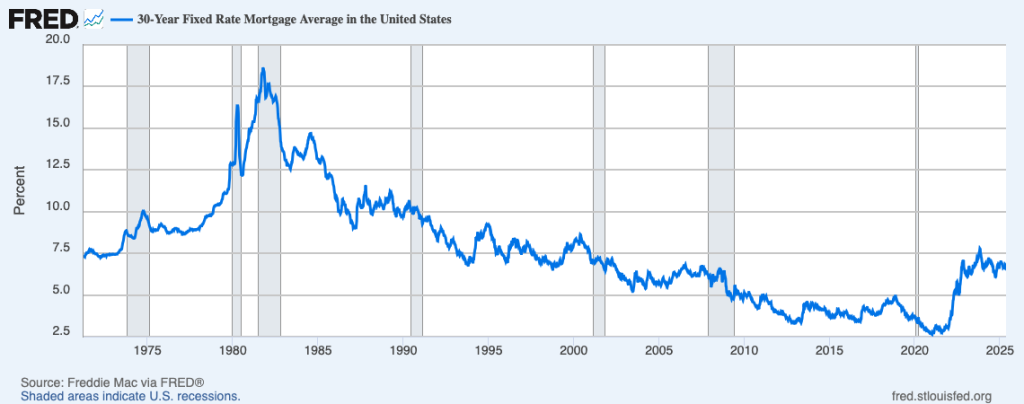 Seller
Seller
🔑 The Selling Edge: Your One-Page Action Plan for…
Selling your home for top dollar begins with impeccable preparation. Buyers today make instantaneous decisions based on professional photographs and seamless, emotional showings. This comprehensive guide offers the essential steps to prepare your property for the market, ensuring it is ready for the camera, the open house, and the unexpected showing.

1. Winning Online: Mastering Photography Preparation
Your home’s first showing is digital, and the photographs must secure buyer interest. You must maximize visual space and light.
- Declutter and Depersonalize Ruthlessly: This is the absolute top priority. Remove all personal photos, trinkets, awards, and excess items. The goal of depersonalization is to allow a buyer to visualize their life in the space, not yours. Blank walls or neutral, oversized art are far better than busy gallery walls, which distract from the room’s architecture.
- Maximize Natural Light and Views: Open all curtains and blinds to flood every room with natural light, making the space feel larger and airier. If heavy drapes block a significant portion of the window, remove them entirely to showcase the view—a key asset.
- Strategic, Consistent Lighting: Switch all light fixtures to consistent LED bulbs (neutral white light, typically 3000K-3500K) to eliminate the yellow cast that traditional incandescent bulbs create in photos. Consistent lighting quality enhances the professional look of the entire listing portfolio.
- Control Distracting Color: Bright, saturated colors, especially red, draw the eye away from architectural features and can distort color balance in a picture. Temporarily remove highly colorful accent pieces, opting for soft, neutral tones.
- Curb Appeal that Communicates Care: The exterior condition signals interior maintenance. Invest in power washing all exterior hard surfaces like patios, walkways, and siding. A sparkling clean exterior immediately signals quality and care to a prospective buyer.
2. Show Time: Prepping for the Ultimate Buyer Experience
When buyers step inside, the goal is to create flow, comfort, and an aspirational sense of home. Focus heavily on high-impact areas like the living room.
- The Deep Clean Foundation: Go beyond mere surface cleaning. Move furniture to vacuum under and behind it, wipe baseboards, and thoroughly dust fixtures, shelves, and the backs of electronics. Hide all electronics, tangled cords, and all evidence of pets (bowls, beds, toys).
- Optimize Function and Flow: Rearrange furniture to ensure traffic patterns are clear. Every room should feature a clear path and avoid blocking doors or windows. Do the “walk-through test”: Can 2-3 people move easily without obstruction? Ensure symmetry and balance to create visual order and calm.
- Subtle, Neutral Staging: Less is always more. Fluff all cushions and pillows (give them a gentle “karate chop” for a crisp, professional edge). Use neutral decor—such as a stack of large books or a simple, vibrant green plant—to suggest sophisticated living without distracting from the room itself.
- Manage Scent and Comfort: Ensure the room temperature is comfortable—cozy in winter, cool in summer. If using an air freshener, choose a very light, neutral “clean scent,” and unplug it at least one hour before the showing to prevent an overpowering odor that could suggest you are masking something.
3. The Selling Lifestyle: Maintaining Ready-Status
Once listed, your life shifts into a state of perpetual readiness. You must implement a daily “Reset Routine” to handle unexpected showings gracefully.
- The Grab-and-Go Strategy: This is your essential tool for crisis control. Keep a large tote bag or laundry basket near an exit. Before every showing, sweep all mail, keys, remotes, dishes, and miscellaneous clutter into this “grab-and-go” bin and take it with you in the car when you leave.
- Kitchen & Bathroom: Wipe counters and sinks dry immediately after use. All dishes must be clean and put away. In the bathroom, hide all personal products (toothbrushes, shampoo, razors) in a dedicated travel bag or storage caddy that can be stored out of sight. Always close the toilet lid.
- Bedroom Discipline: Make the bed daily with tightly pulled sheets and fluffed pillows. For a high-end look, layer your bedding: use a quilt pulled up tight, a comforter folded down halfway, and decorative throw pillows.
- Sustained Vigilance: Avoid cooking highly fragrant foods. Before leaving the house for a showing, always turn on all lights, open all blinds, and perform a final 60-second clutter sweep.
By committing to this disciplined approach to preparation and maintenance, you transform your home into a marketable product designed to appeal to the widest audience, translating directly into a faster sale and a better price.
Ready to implement your home preparation plan? Contact us today to get started.


















